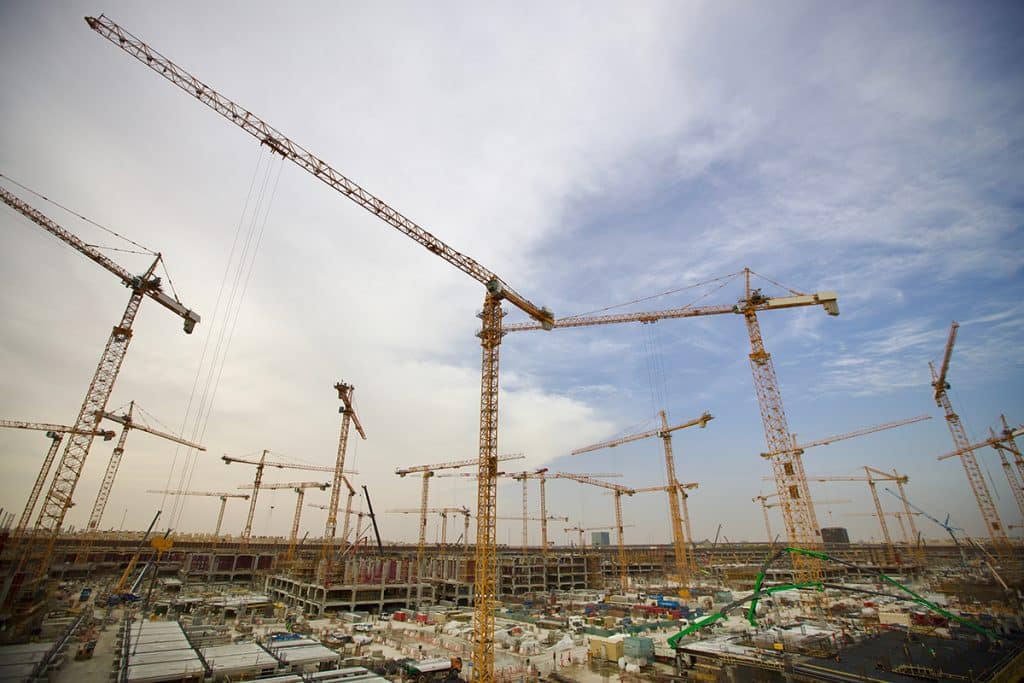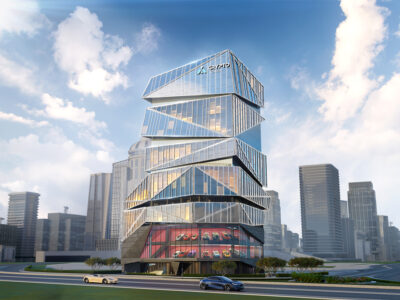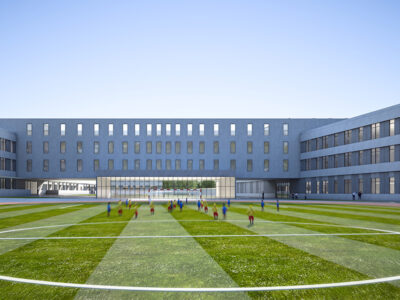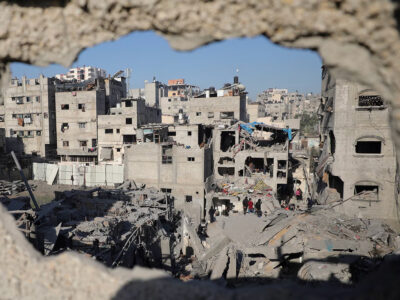As Saudi Arabia’s capital city races to realise its ambitious Vision 2030 goals, skyrocketing construction costs are threatening to derail affordable housing initiatives and exacerbate an already pressing housing shortage.
According to Turner & Townsend’s International Construction Market Survey 2024, Riyadh tops the list as the most expensive city to build in the Middle East, with construction costs averaging $2,593 per square metre. This figure surpasses other regional hubs like Dubai ($1,874) and Abu Dhabi ($1,844) by a significant margin.
“Riyadh’s high construction costs can be primarily attributed to the construction industry’s output which is supported by the government’s focus on the ambitious development of major mixed-use cities [giga and mega projects] in a bid to diversify its economy from oil as part of the Kingdom’s Vision 2030 initiatives,” Dean Furey, head of real estate for Kingdom of Saudi Arabia at Turner & Townsend, told Arabian Business.
The surge in mega-project development is straining local resources, with materials, equipment, and labour being diverted from other sectors, including affordable housing. “As a result of resources being diverted to these large-scale developments, there is a possibility of affordable housing projects becoming less feasible,” Furey explained.
Compounding the issue is a distinct shortage of skilled labour crucial for delivering Saudi Arabia’s most ambitious programmes. This shortage is keeping costs high and stretching supply chain capacity across the Middle East.
So what will it take to drive down construction costs in Riyadh?
Furey outlined a three-pronged strategy that involves risk management, leveraging global markets, and embracing innovation.
“Adopting a proactive and balanced approach to risk management can be achieved through favourable contract terms, payment provisions, and early contractor involvement to mitigate potential cost increases,” he explained.

He added that as global markets soften, international supply chains become more accessible to the Kingdom, “bringing more labour and contractors to help alleviate local demand pressures and reduce costs.”
Adopting digital construction and design techniques will all “play a significant role to support both programme and cost efficiencies in the longer-term.”
Riyadh’s construction cost challenges
Several challenges remain. The ICMS report forecasts construction cost inflation in Riyadh to remain high at 5 percent through 2024, although this still marks a drop from 7 percent last year. Nonetheless, it is still proving to be a major hurdle for developers and homebuyers alike.
As Riyadh continues its rapid transformation, balancing the demands of mega-projects with the need for affordable housing will be crucial. The success of these efforts will largely depend on the ability to innovate, manage risks, and leverage both local and global resources effectively.
For now, as construction costs remain stubbornly high, the dream of affordable housing in Saudi Arabia’s capital remains just out of reach for many, casting a shadow over the city’s otherwise bright future.









